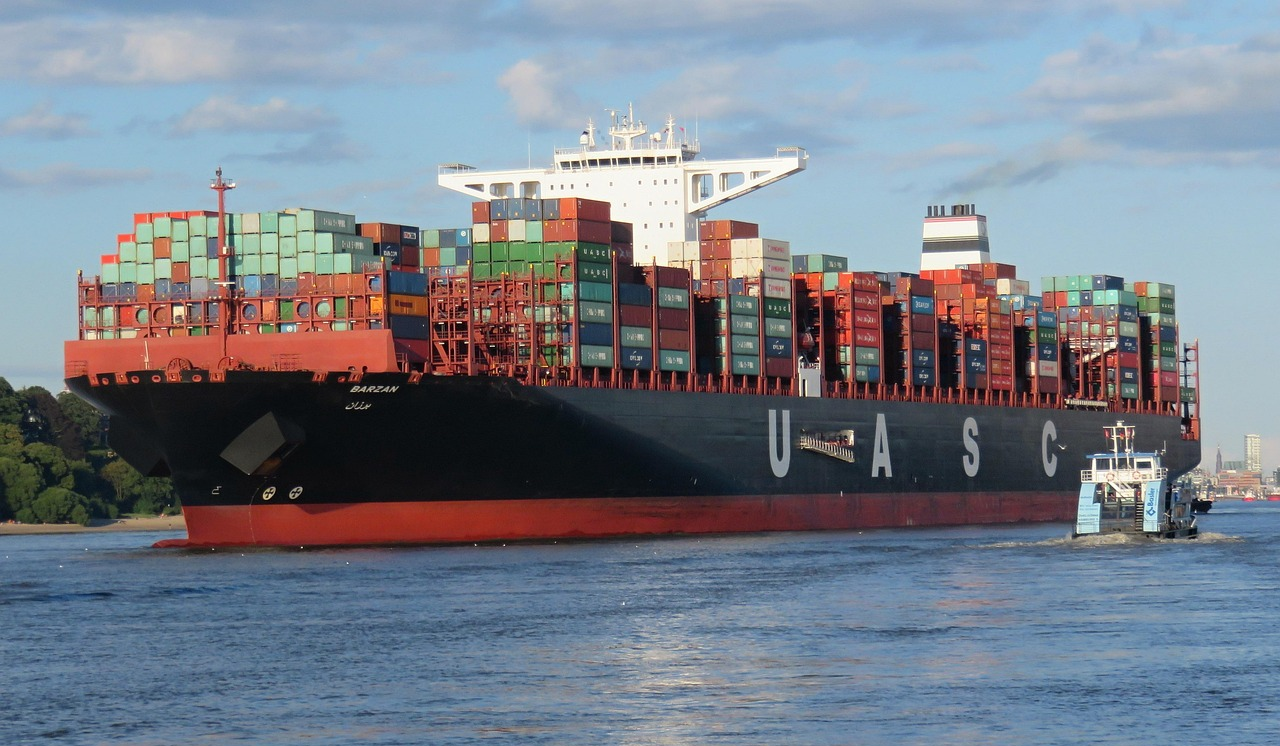Brazil-U.S. Economies at Odds Over Tariffs
Image source here.
In April 2025, shortly after Donald Trump began his second term as president of the United States, aggressive trade policies, namely in the form of widespread tariffs with practically no country exempt from the policy, were announced. Brazil, however, is an exception—in the sense that the country, along with India, sits at a drastically higher tariff rate of 50%. But how did Brazil end up at 50% while many other countries remained in the more modest 10%-15% range?
Before looking at Brazil specifically, understand that tariffs have been an economic and foreign policy strategy in the U.S. (and elsewhere) since the early days of the nation. In fact, the first tariff was enacted in 1789. Tariffs, also known as a tax applied to imports, are used generally in two main ways: to promote domestic industry by making the imported goods more expensive and to combat unfair trade practices by leveling the playing field. Even in times of general economic stability, the U.S. has utilized tariffs to protect domestic agricultural production and auto manufacturing, for example.
Back to Brazil: Like many other countries, Brazil’s tariff rates started at 10% in April but later increased by 40% in July for punitive reasons. A July 30th executive order from the White House indicates political motivations behind the increased tariff. Conservative populist Jair Bolsonaro served as president of Brazil from 2019-2023 and has recently been convicted of plotting a coup to stay in office after losing the 2022 election to the current president, Luiz Inácio Lula da Silva, a move that was inspired by the January 6th insurrection of 2021 in the United States. President Trump has shared that he understands the feeling of “political persecution” Bolsonaro faces, and has used the case against Bolsonaro to justify the increased tariffs.
Brazil is the second most populous country in the hemisphere, and its economy deserves attention too. It has the largest economy in Latin America with a GDP of $4.2 trillion (2024), and the CIA classifies it as an “upper-middle-income” country. Brazil also belongs to different political and trade blocs and organizations, like Mercosur, BRICS, and the G20. As of July 2025, top exports of Brazil to the U.S. included crude petroleum, air and spacecraft, and pig iron. Main U.S. exports were gas turbines, refined petroleum, and packaged medications. This interdependence signifies that heightened tariffs not only disrupt billions in trade flows but also risk reshaping supply chains and pushing Brazil to strengthen ties with alternative partners like China, Russia, or other BRICS members.
In the U.S., effects of these tariffs are already visible with a reduction of coffee imports in August 2025, for example. Brazilian coffee sellers must seek new importers outside the U.S. Brazil’s government has taken steps to reduce the negative economic effects through a $5.5 billion plan in credits to postpone taxes and incentivize the consumption of local Brazilian goods.
Coffee aside, the increase in tariffs on Brazil more largely represents a loss in hemispheric unity at a time when bilateral cooperation is paramount. Brazil is a regional ally that also shares a high state capacity and high rule of law with the U.S. Furthermore, Brazil serves as a strategic security partner for counternarcotics and counterterrorism, salient problems in the region that require continued collaboration.
If left unchecked, the U.S. approach could isolate Brazil at the cost of weakening cooperation on issues that neither nation can tackle alone, from economic growth to transnational security threats.

